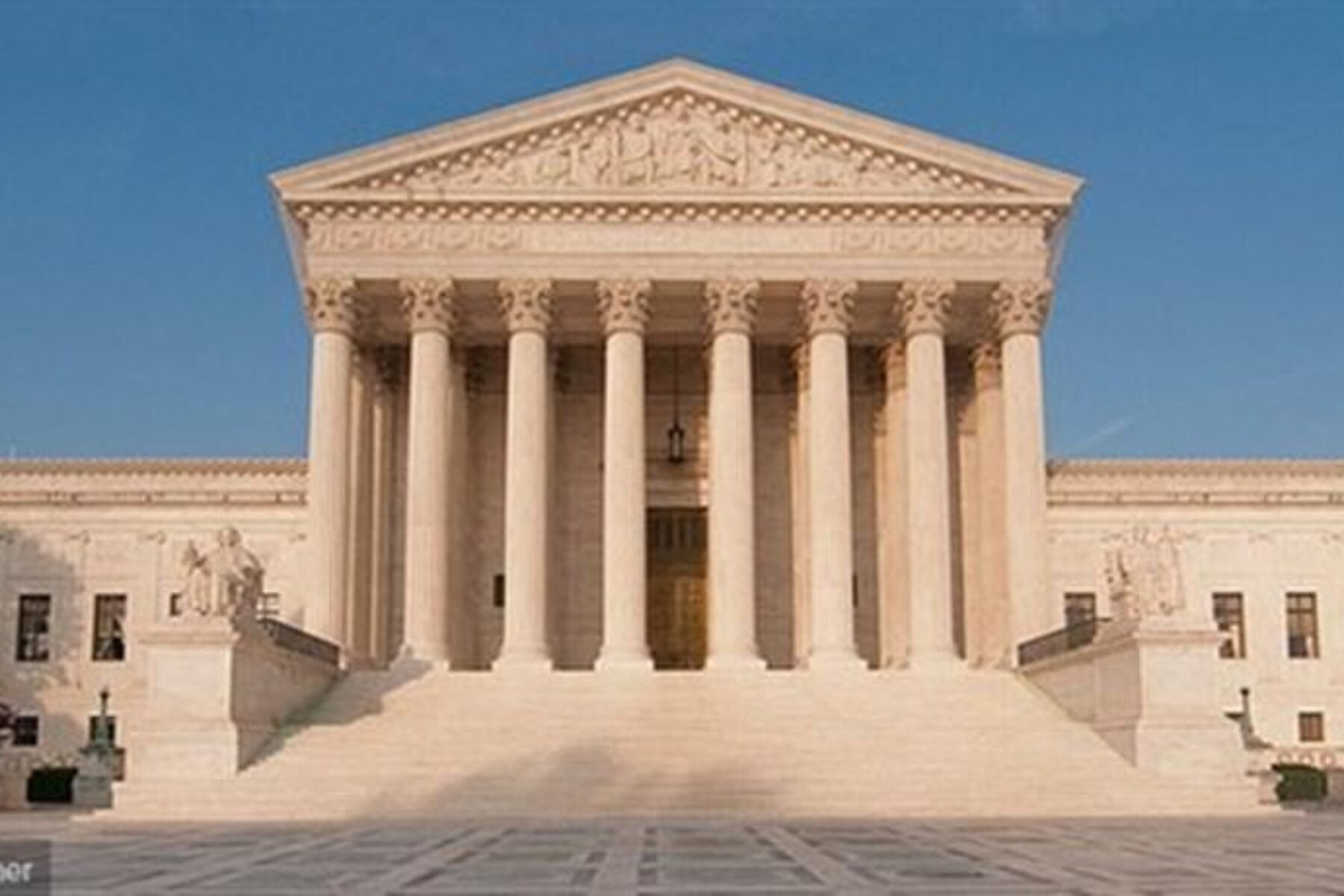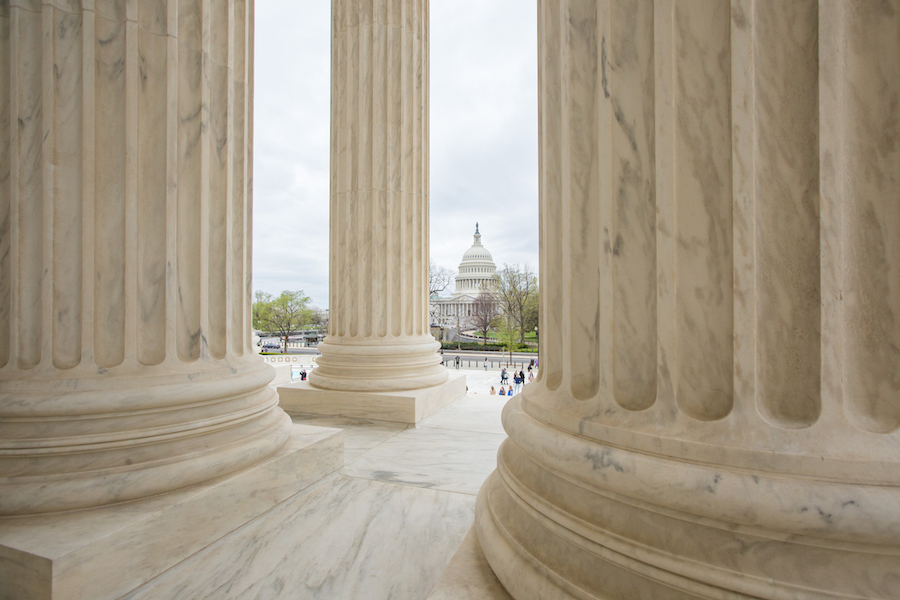The Supreme Court Decision: How Does It Affect Rail-Trails?

On March 10, 2014, the U.S. Supreme Court handed down a decision in the case involving a rail corridor formerly on federal land that is now privately owned (Marvin M. Brandt Revocable Trust et al. v. United States).
The U.S. Supreme Court decision was undoubtedly disappointing for supporters of rail-trails. But after examining the Court’s decision, it is clear that its reach is much narrower than has been reported in the press.
The main questions on your mind may be: Does this decision mean that my rail-trail or trail project will go away? What effect will this decision have on the broader rail-trail movement?
To answer the first question, the vast majority of current and planned rail-trails will not be affected.
The ruling does not affect trails that have been “railbanked” (the federal process of preserving former railway corridors for potential future railway service by converting them to multi-use trails in the interim). Potentially affected corridors are predominantly west of the Mississippi and were originally acquired by railroads after 1875 through federal land to aid in westward expansion.
Existing rail-trails or trail projects ARE NOT affected by this decision if ANY of the following conditions are met:
- The rail corridor is “railbanked.”
- The rail corridor was originally acquired by the railroad by a federally granted right-of-way (FGROW) through federal lands before 1875.
- The railroad originally acquired the corridor from a private land owner.
- The trail manager owns the land adjacent to the rail corridor.
- The trail manager owns full title (fee simple) to the corridor.
- The railroad corridor falls within the original 13 colonies.
If your rail-trail or trail project meets any of the conditions above, it is NOT affected by the U.S. Supreme Court decision.
If you have questions about a specific trail, please contact the manager of that trail, or contact us at railtrails@railstotrails.org.
Despite the decision, the rail-trail movement remains strong. But the ruling will likely invite more litigation directed at rail-trails that consist of or include federally granted rights of way.
As this case moves back to the lower courts, RTC is exploring opportunities to ensure the scope of the ruling is as narrow as possible.


Donate
Everyone deserves access to safe ways to walk, bike, and be active outdoors.